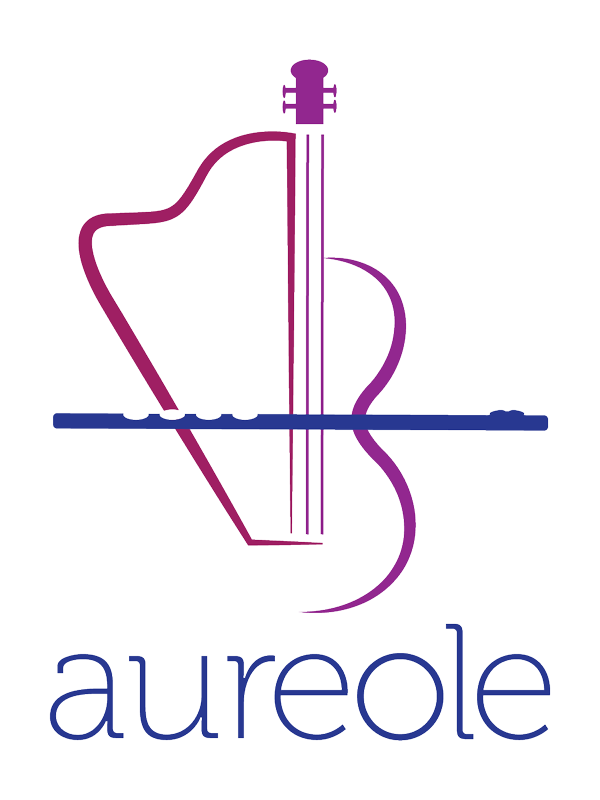by Harold Duckett | Oak Ridge Times
One would think that an ensemble combining the sweet sounds, of the flute and harp, by a slightly somber viola , would be the focus of light, charming music.
But as the beautifully played concert in Oak Ridge on Sat- urday night by the well-known A ureole trio illustrated, music written for the combination of the three voices often explores dark, sometimes tragic and al- ways intriguing subject.
It is a paradox that can be partially understood by realizing that there is no baroque or classical music that might have set the tone of socially pleasing, danceable a parlor music. Indeed, until Claude Debussy singlehandedly created the ensemble with his autobiographical “Sonata for Flute, Viola and Harp” for late in his life in 1916, the idea of such a trio had never existed.
By then the notion of gracious, polite, music intended for relaxed listening had been forever destroyed by World War I.
Except for master harpist and composer Carlos Salzedo’s delightful – but far from childlike- transcription of Debussy’s “Children’s Corner”, the works on the program were true to the seeming contradictions of the ensemble’s literature The concert began with an exceptional performance of British composer Sir Arnold Bax’s “Elagic Trio”, written During the fallout after the Easter Uprising of 1916 in Dublin, when radicals tried usucessfully to take over important Irish public buildings.
The piece is Bax’s personal response over losing friends who were executed for their involvement in the plot
Following Salzedo’s Complex interpretation of the Debussy was Ian Krouse’s contemporary “Thamar y Amnon”, inspired by Spanish poet federico Garcia Lorca’s vivid tone poem about the lurid story of rape and incest found in the biblical book of Second Samuel. In an ironic twist, King David’s conniving son Amnon is represented by the lovely, com-hither voice of the flute. Amnon’s half-sister, Tamar, whom he invites into his bed- room under the pretense that he is sick and needs food, is played by the viola. Appropriately the harp tells of the complexities and contradictions of King David.
For anyone who thinks music cannot be graphic the brilliant interactions of flutist Laura Gilbert, violist Mary Hammann and harpist Stacey shames easily dispel such a belif.
After an involved performance of another biographical work William Mathias’ “Zodiac Trio” written as portraits of three friends born under difference astrological signs, the Aureole’s delivery of Debussy’s “Sonata” set out the phases of the composer’s life.


